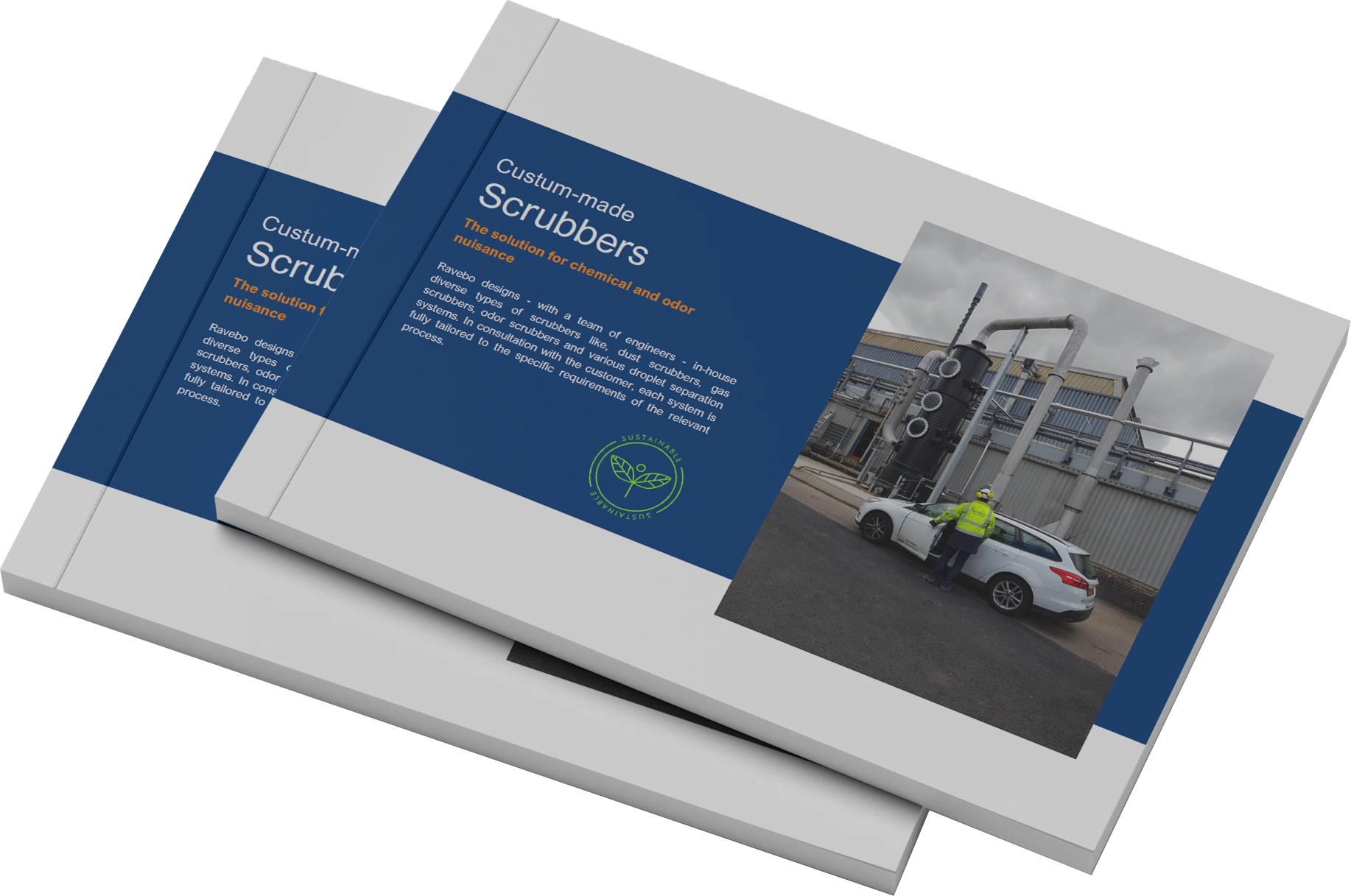
Challenges in Pharmaceutical Production
Innovative Solutions for Emission Control in Pharma
Customised advise from one of our specialists.
Fill in the form below and we will contact you as soon as possible.
Get in touch with us
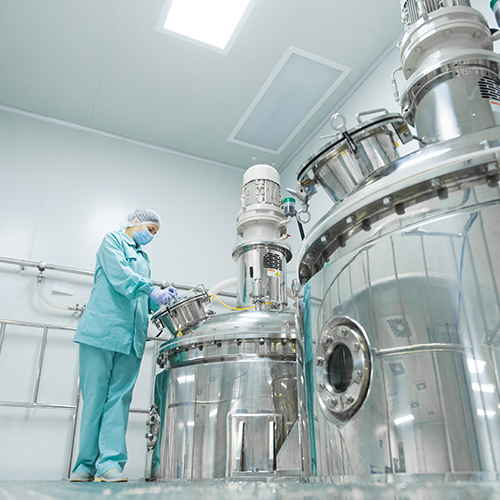
Avoiding Air Pollution from Pharmaceutical Production Processes
Targeting Emission Reductions to Meet Climate Goals

The pharmaceutical sector is experiencing rapid growth and is considered one of the fastest-growing industries worldwide. With the growing emphasis on personal well-being and the increasing impact of aging, there is a corresponding rise in spending on pharmaceuticals and medicines. Various studies have revealed that the healthcare industry contributes significantly to the global carbon footprint, accounting for approximately 5% of it. The pharmaceutical sector alone is estimated to emit around 52 megatons of CO2 equivalents globally.
It appears that pharmaceutical companies emit at least as much greenhouse gases as the automotive industry, for example. Drug manufacturers cause approximately 13% more CO2 emissions than car manufacturers, despite this market being nearly 30% smaller. The pharmaceutical companies together form the sixth largest producer of carbon dioxide in the world in terms of manufacturers and electricity consumption. To meet the reduction targets of the Paris Climate Agreement, it is estimated that the pharmaceutical sector should reduce its emissions substantially by 2025.
Pharmaceutical companies worldwide need to have stronger monitoring and regulation of greenhouse gas emissions. There is a significant need for transparency, not only to ensure that the industry adheres to its sustainability goals but also to gain and maintain the trust of all stakeholders. Sustainability should be meaningfully integrated into every aspect of pharmaceutical business outcomes, while measuring and reporting the environmental impact.
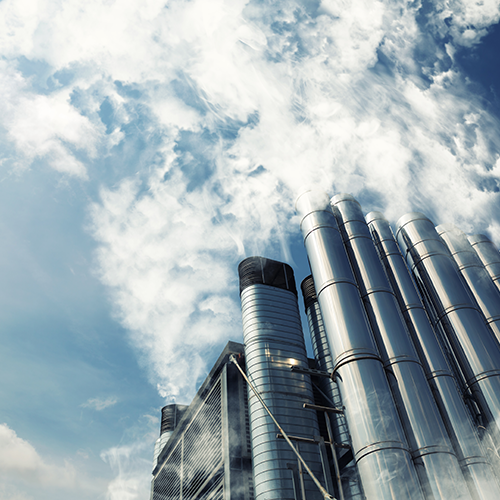
The Pharmaceutical Industry Generates Diverse Types of Pollutants
The Role of Organic Solutions in Generating Pollutants

The creation of specific pharmaceutical products often involves the use of diverse organic solutions, which can develop PAHs, VOCs, and particulate matter (PM) during production processes. Environmental laws and regulations primarily focus on the application of emission discharge points and require the treatment and reduction of pollutants in process air before they are discharged into the atmosphere.
Various global laboratories and environmental regulation organizations have found that the primary PAHs emitted by pharmaceutical production include methylene chloride, methanol, toluene, and hydrogen chloride. For instance, methylene chloride is likely carcinogenic to humans, and other pollutants can have adverse health effects on people. Due to these reasons, government regulations exist to comply with public health and safety guidelines, and emission-reducing measures and analytical systems for air pollution control are crucial.
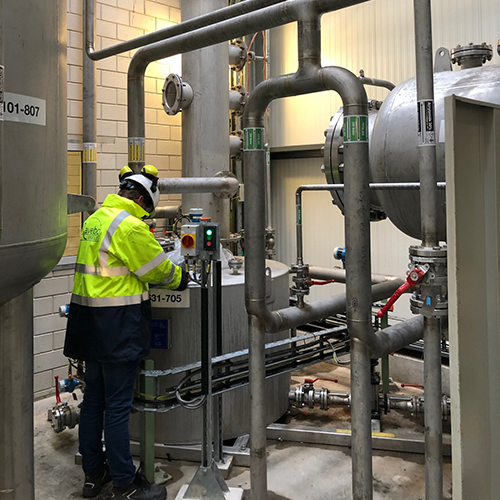
Scrubbers Offer an Ideal Remedy for a Wide Range of Pollutants
Achieving Over 95% Emission Reduction with Chemical Scrubbers

Wet gas scrubbers have been a reliable choice for emission control systems for many years. They effectively remove pollutants from gas streams, whether they are in the form of gases, liquid droplets, or solid particles. When a gas flow contains multiple types of pollutants, a scrubber is often the preferred option because it can remove gaseous contaminants simultaneously. This is achieved through gas-liquid diffusion, which allows the washing liquid to integrate with the pollutants and separate them based on mass inertia. As a result, scrubbers are an efficient and effective solution for controlling emissions.
The gas undergoes a process of passing through either a packed bed or an open spray system, facilitating its thorough interaction with the washing liquid that contains chemical reagents. Similar to other absorption methods, the odor components or other chemical particles are initially dissolved in the washing liquid and subsequently undergo a reaction with the chemical additives. Following the purification process, the treated gas is released through a chimney positioned at the rear of the scrubber. The gas treatment can be carried out in various phases or washing stages, contributing to the high removal efficiency of over 95% in a chemical scrubber.
Game-changing benefits
Discover the game-changing benefits of scrubbers and propel your business forward with our free whitepaper download.
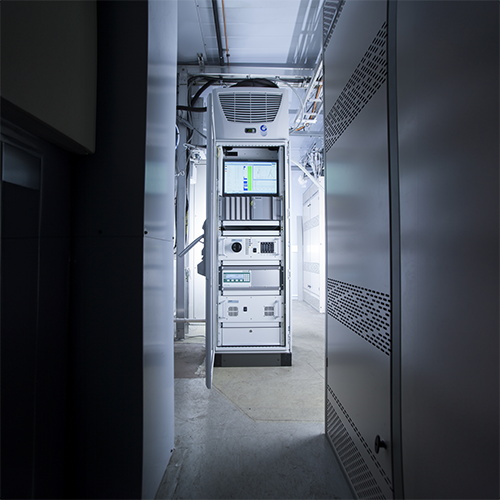
How an FTIR Works
The Fundamentals of Molecule Interaction with Infrared

Infrared spectroscopy is based on the principle that molecules with a significant dipole moment can absorb infrared light. When this happens, the absorbed energy causes movement between the atoms in the molecule. The extent of absorption depends on factors such as the number of atoms in the molecule and the type of bond between them. Each molecule has specific characteristics that determine the frequencies at which it absorbs infrared energy.
When dealing with gas mixtures containing multiple components, both known and unknown, Fourier Transform Infrared (FTIR) is a highly accurate technique for identifying and quantifying the infrared-absorbing components. The Gasmet FTIR analyzers utilize advanced software that can analyze up to 50 components in real time, providing comprehensive and reliable results. This is in contrast to NDIR, which only focuses on a single wavelength.
The functioning of an FTIR spectrophotometer is based on the behavior of light. A wide range of infrared frequencies is directed onto a semi-transparent mirror simultaneously. Half of the light passes through the mirror, while the other half is reflected at a 90-degree angle. The reflected light then interacts with either the first mirror or a movable second mirror. The precise position of the second mirror is determined using a laser. As the light travels, it undergoes reinforcement and extinction. When the reflected light rays reach the semi-transparent mirror again, they interfere with each other. This interference results in the formation of an interference pattern, which is detected by a sensor. The interference pattern provides valuable information about the composition of the medium being measured.
The interferogram, which plots the position of the second mirror against the intensity measured by the detector, is then subjected to a numerical Fourier transform. This transform allows for the identification of the individual waves, including their frequencies and amplitudes, that make up the interferogram. The resulting data is presented graphically in the form of a transmission spectrum, which displays the frequency of the waves.
Get in touch with our scrubber specialist
Our gas scrubbers with analyzing systems make it possible to clean various gas flows. This leads to a cleaner living environment and more sustainable production processes. Curious about the possibilities? Our specialists are happy to provide you with appropriate advice.
